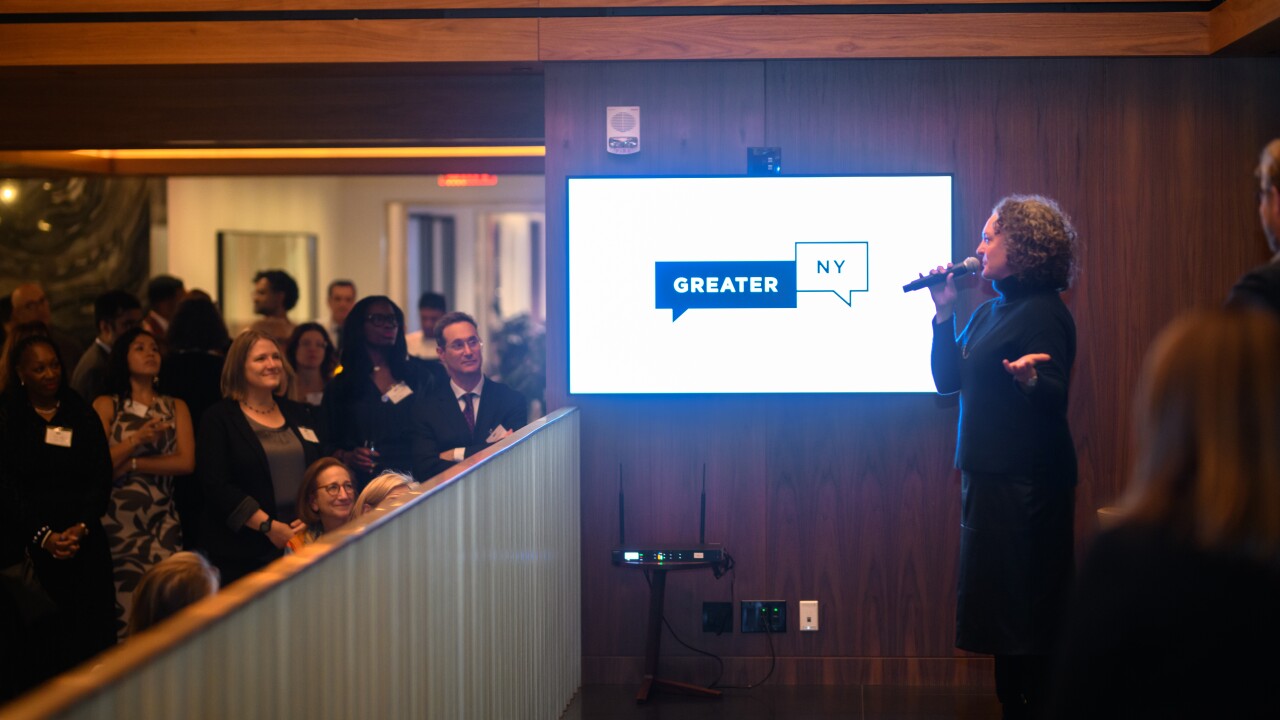International Business Machines Corp. is expanding its service-oriented architecture offerings for the financial services industry, and Ameriprise Financial Inc., an IBM customer, has expressed interest in the new technology.
On Tuesday the Armonk, N.Y., technology giant announced plans to enhance its SOA capabilities by improving on technology inherited in August when it bought the Austin software vendor Webify Solutions Inc.
Service-oriented architecture applications are designed to speak to one another but function independently. Companies can use various modules, which are designed to connect easily with existing systems. Observers have said that companies using the technology, such as Ameriprise, get the most benefit when they use it extensively throughout the organization.
“What IBM is doing, at least in our view, is they’re enhancing their products to cover spaces where we had to bring in alternative products to fit,” said Tracy LeGrand, the chief architect and vice president of technology, strategy, and architecture at Ameriprise.
The Minneapolis company, which American Express Co. spun off a year ago, has been using IBM’s applications since 2000. However, the technology often could not work with software from other vendors, and Ameriprise had to “become the integrator whenever it was IBM and non-IBM products,” Mr. LeGrand said. “So we’re excited at looking into some of the things that they’ve announced today, including the Webify acquisition.”
Webify built industry-specific applications for the health care and insurance markets. IBM said it plans to do the same for other industries, including financial services, though it would not say when.
Mr. LeGrand said the appeal for Ameriprise is that if its other vendors develop software according to the IBM standard, the products would be able to communicate with one another. The technology would create “a common language within your industry, not just within your company.”
Robert LeBlanc, the general manager for IBM’s WebSphere architecture, said that Webify’s technology has been rebranded as “WebSphere for Business-Services Fabric,” and that he anticipates “an eco-system to build around the capabilities” this technology would allow.
“Third-party vendors can build this unique set of services on top of the robust infrastructure, on top of the fabric,” he said.
WebSphere for Business-Services Fabric was one of several product introductions and upgrades IBM announced Tuesday. In all, it announced four new products, 23 product enhancements, and 11 service offerings, most of which could be useful in several industries.
Bart Narter, a senior analyst at Celent LLC in Boston, said the Webify purchase and the decision to promote its tools for business processes are “a good move for IBM,” as it addresses a need in its SOA offering.
“IBM has been very successful doing this with data structures in banking,” he said. “But they don’t have as fully developed something for business processes.”
However, IBM is not alone in this ambition, he said; SAP AG of Walldorf, Germany, does something similar to what IBM is trying to do with Webify. “SAP provides the tools, but they have voluntary committees of banks trying to put together the standard,” while IBM is writing the standard itself.
There will be competing standards, Mr. Narter said, but third-party vendors would be wise to write software using the standard written by the company that already works with its customer banks. If vendors to IBM banks could say their software is written to work on the IBM standard, “it’s a no-brainer sale.”
Still, Ameriprise’s integration problem would not go away if it uses IBM’s offering, Mr. Narter said. “It reduces it and standardizes it, which is a good thing,” but “I wouldn’t say it eliminates the problem.”
Banks that use IBM technology may have a hard time using the still-incomplete standard, because they have invested so much in software that was written before IBM bought Webify, he said. “If they’re already on the way to SOA, they’ve already developed business processes.”
IBM can guide the development of its standard to make sure it is compatible, but the integration with current customers would not be painless, he said.





